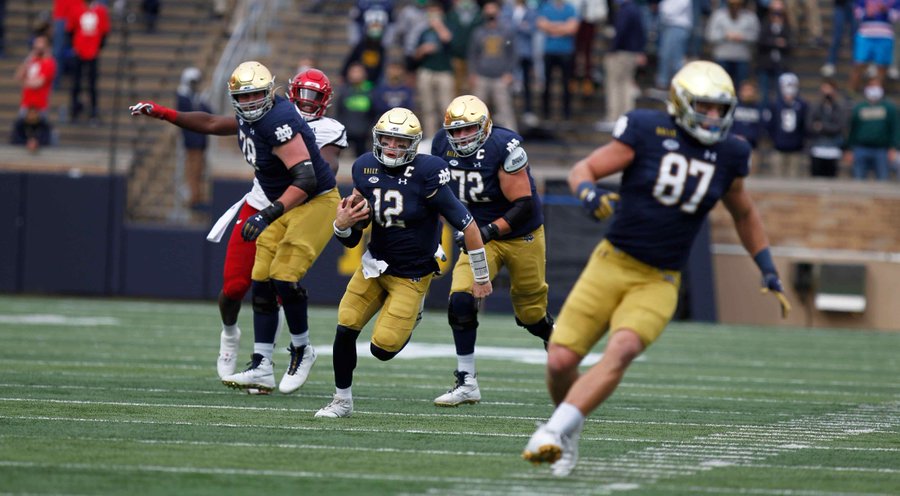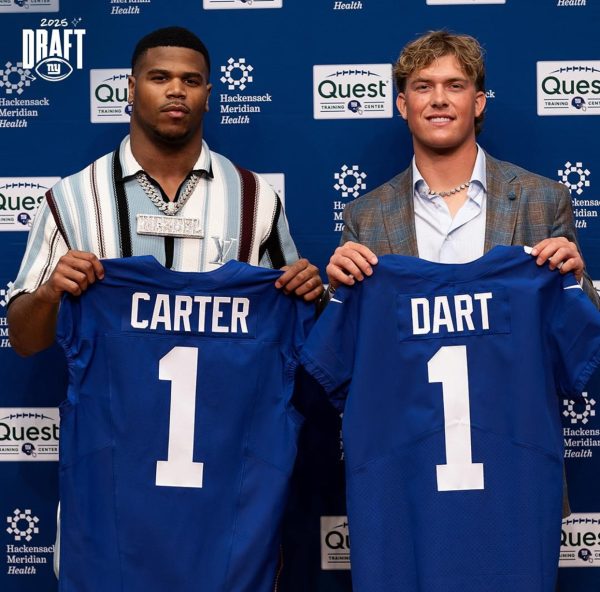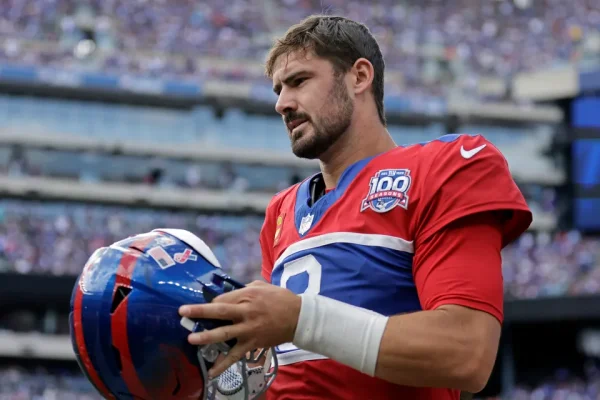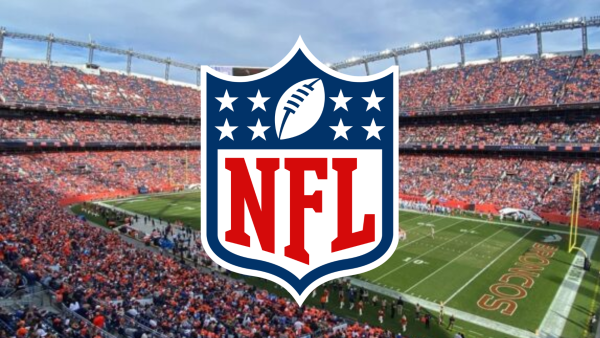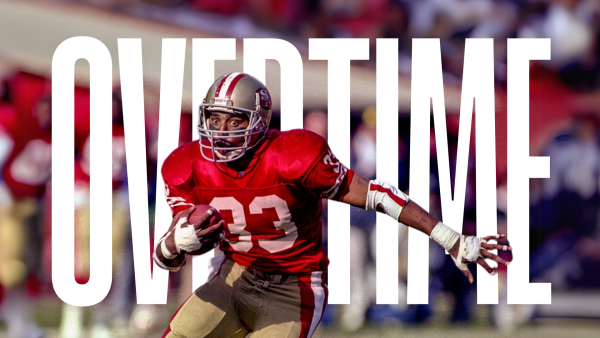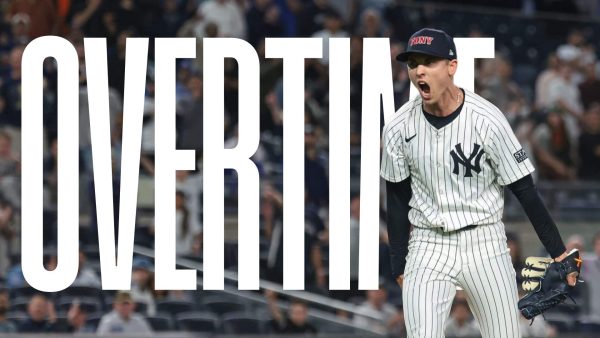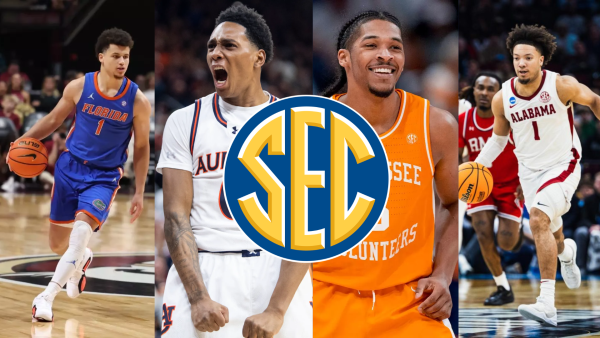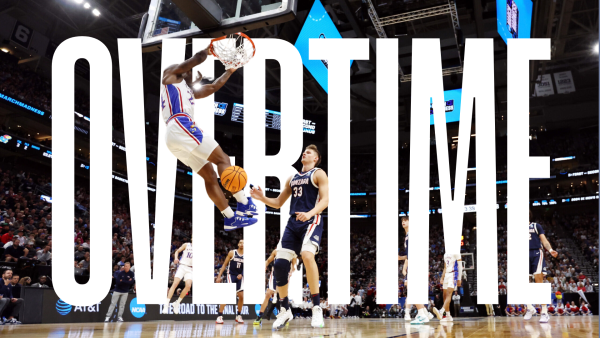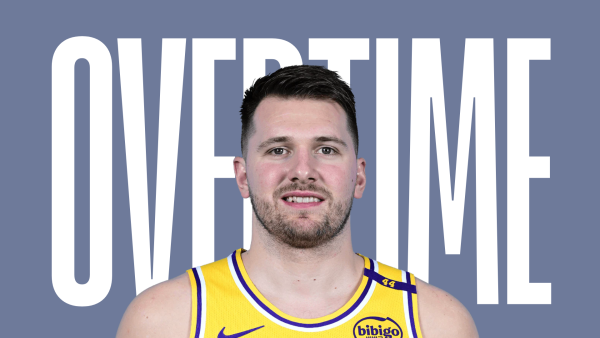College Football is Back?
For the first time in a long time, I sat down this weekend and watched a fair bit of college football. Notre Dame narrowly snuck by Louisville, while North Carolina’s run of dreams reached its end against Florida State. And admittedly, I didn’t catch very much of it, but Nick Saban returned to the sidelines as Alabama rolled past Georgia in what was certainly the season’s biggest game so far.
It felt very much like a college football Saturday. Though the Big Ten and Pac-12 remained absent, there was more than enough action to flip between multiple channels and a Twitter feed filled with scores and highlights. And there was something very refreshing about that.
I’m happy for the players, some of whom are in their final seasons and will never step foot on an NFL field. Happy for coaches, trainers and the hundreds who work in football departments to return to their livelihoods. And happy for the fans, who in one scenario or another, freshman or alumni, get to watch their beloved teams on the field.
There’s also the economic element to all of this, not only in the importance of college football to a university’s survival but to these small-town cities as well. When so many have lost so much, college football was another cash cow that we could not afford to lose. I understand all of that.
Yet, at the same time, there is something very ominous about this. I look at some schools — very few that is — and see no fans in the stands. I look at others and see a full house that, while bringing up the thrills of a college football Saturday, seems entirely out of place in this day and age. And then I see the in-between, 25% capacity where there are more empty seats than filled ones, and it all just feels so strange.
I struggle to know what to think. On the one hand, I understand why Dan Mullen wants to see 90,000 fans fill The Swamp in Gainesville for a major SEC match against LSU. Yet that very game was canceled due to a COVID-19 outbreak. Mullen himself was infected with the virus. It is a harrowing reminder that this virus will not be disappearing anytime soon and that college football is not above it.
My biggest concern in all of this: At what point is it enough? Many will say COVID-19 has a high survival rate, that young adults are the least affected age group. But what happens when one of those hundreds involved in these programs or a fan becomes seriously ill? Or possibly even dies?
Of course, I hope we never reach that point, and fortunately, due to the testing regimen and care being taken by these programs, we are not there yet. It’s a thought that stays in the back of my mind with all of this, though, particularly when discussing students who are playing without a paycheck. Yes, sports come with a certain risk, but not as big a risk as this one. Would it really all be worth it then?
I’m in no way trying to take away college football nor attempting to diminish its return. But there is a difference between staging a game on the field and a show in the stadium. Some schools are doing much more of the latter.
There is a fine line here that we have walked and talked over many times before. At what point do we return to normal when it does not feel out of place? Saturday felt very normal, and there is something very exciting about that. But almost too normal.
When I look beyond the field, I still have trouble believing that’s how it should be.

Alexander Wolz is a sophomore majoring in communication and culture. He went from writing to assisting and will now be Sports Editing. He also loves video...



































































































































































































